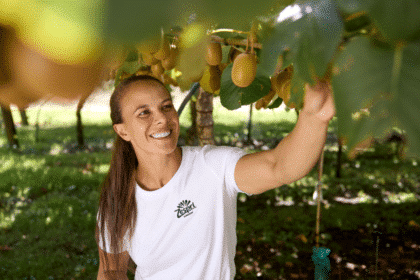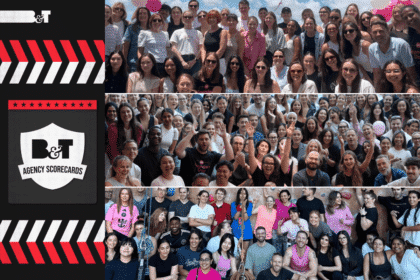New insights from Nature have revealed a complex portrait of teen life online where social media is both villain and vital. As policymakers weigh bans, the voices of young Australians tell a richer story: they want protection but also connection, creativity, and understanding. With mental wellbeing on the line, is a one-size-fits-all ban really the answer?
New national report, Navigating the Digital Divide, reveals public perceptions of social media amid TV show Adolescence popularity and ongoing debate on proposed ban.
Released against the backdrop of an ongoing debate over Australia’s upcoming social media ban for under-16s, this report explores shifting public sentiment, misinformation challenges and potential regulations providing key strategies for brands to stay relevant and credible.
The Impact on wellbeing
The findings reveal that 67 per cent of Australian teenagers believe social media negatively impacts their wellbeing. Key concerns include cyberbullying, social media addiction, and misinformation. Bullying and cyberbullying is identified as the primary concern for teens under 16, with 82 per cent reporting its significant negative impact on emotional wellbeing. These findings emphasise the emotional toll digital spaces take on youth and reinforce the call for stronger safety measures and clearer accountability from those controlling these platforms.
Teenagers themselves say social media harms their wellbeing but also fear the loss of connection.
There is a noticeable divide in opinion regarding the proposed social media ban for Australians under 16. While 68 per cent of adults support the ban, teenagers remain split, with 44 per cent in favour and 32 per cent opposed. Despite the challenges posed by social media, it remains a space for social connection, self-expression, and activism for many teens, making the debate on how to balance safety with personal freedom more complex.
The report highlights a public demand for greater accountability from social media platforms in moderating harmful content.
An overwhelming 89 per cent of adults believe these platforms should take greater responsibility in ensuring a safer online environment.
Additionally, 83 per cent of Australians believe that content creators, influencers, and content uploaders must also shoulder some of the responsibility for keeping young people safe on social media, given the prevalence of harmful ideals perpetuated by online influencers.
Platform perceptions: YouTube identified as a mental wellbeing outlier
71 per cent of adults believe TikTok fosters social media addiction, and 66 per cent express concerns over inappropriate content. Conversely, 27 per cent of teenagers view TikTok positively for its entertainment value, although 50 per cent agree it has a negative impact on their wellbeing.
79 per cent of teens and 74 per cent of adults regard YouTube as supportive of learning and skill development. It’s also perceived more positively overall, with 56 per cent of adults and 61 per cent of teens noting its positive societal impact, particularly in fostering creativity and providing entertainment. Not all platforms are created equal, and the report shows that Australians feel that YouTube builds minds where other platforms break them.
Mikayla Samuels, Senior Associate Director at Nature, said: “These findings underscore the complex relationship teenagers have with social media. While these platforms provide connection and self-expression, they also expose young people to significant risks, including misinformation, cyberbullying, and toxic interactions. The challenge ahead is not just restriction but education—ensuring teens, parents, and educators are equipped with the tools to navigate the digital landscape safely.”
While significant risks are prevalent, social media also offers essential opportunities for connection and self-expression. This dual nature calls for a nuanced approach that balances safety with the positive aspects digital platforms provide, raising the question of whether a one-size-fits-all ban makes sense.
As public discussions continue on digital wellbeing, these latest findings offer valuable perspectives for policymakers, educators, and parents. The role of media in shaping public discourse underscores the evolving relationship between young people and digital platforms.








